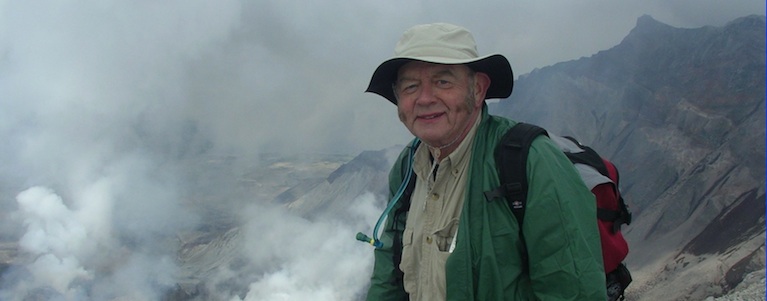Yakima County Health Urges Everyone to
Wear Masks
The daily rate of additional new COVID infections in Yakima County runs about 100, much higher than any other Washington State county, often higher than the daily number of new infections in the entire rest of Washington State combined.
The rate of hospitalizations and deaths reported per 100,000 population in Yakima County, though alarmingly high, are not as shockingly much higher than in other counties as is the infection rate. The infection rate may be somewhat artificially increased in comparison to other counties because Yakima County is doing more testing than some other counties.
Because of the high rate of new infections, Yakima County remains in Phase One of recovery, and, according to the Health Department, will remain in Phase One until the rate of infection is brought down to a very much lower number.
Over Memorial Day weekend, only 35% of Yakima residents were found to be wearing masks in public.
The Health Departments says 80% of citizens must wear masks when in public and close to others to reduce the high rate of infection in the county and thus enable the beginning of Phase Two.
The Health Department is distributing 330,000 masks.
Info: shpr.fyi/yakcovid
5G WiFi Continued
In the USA, Verizon is the only carrier to have deployed a significant millimeter-wave (5G FR2, various bands from 24GHz to 40GHz) network—and in fact, at the moment Verizon is only deploying 5G FR2, which is why its average 5G download speed bar leaps off the chart, at 506Mbps. 5G is a protocol, not a wavelength—and the extreme high speeds and low latencies carriers and OEM vendors promote so heavily come– not from the 5G protocol but from the wavelength– with the high-frequency, short-wavelength FR2 spectrum, not with the 5G protocol itself.
The other carriers are deploying 5G in the FR1 range—the same frequencies already in use for 2G, 3G, and 4G connections. FR1 spectrum runs between 600MHz and 4.7GHz and is further commonly split informally as “low band”—1GHz and less, with excellent range but poor throughput and latency—and “mid band,” from 1GHz to 6GHz, with improved throughput and latency but less range.
Those very high FR2 frequencies don’t penetrate walls.
Info: shpr.fyi/5gjune
Science and Digital Briefs for June 3, 2020 By Shopper Editor Dave Bunting
Filed under Uncategorized
